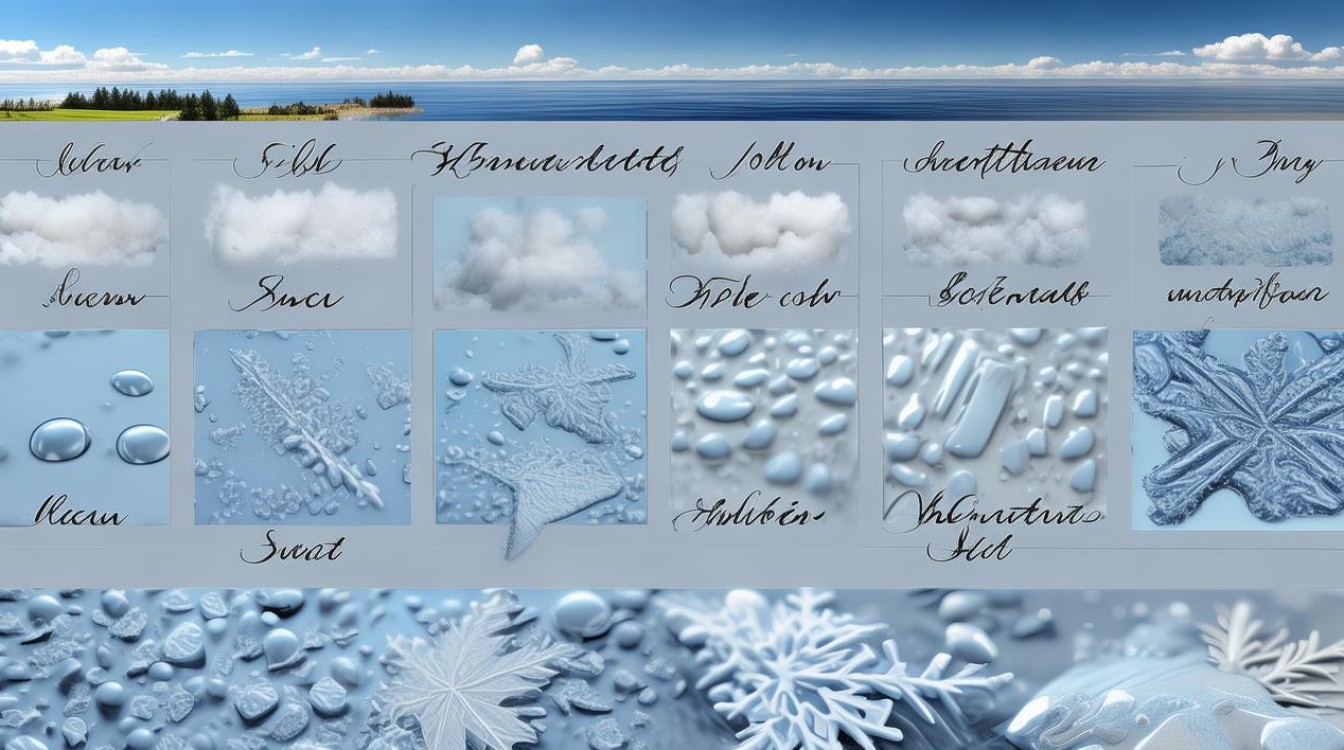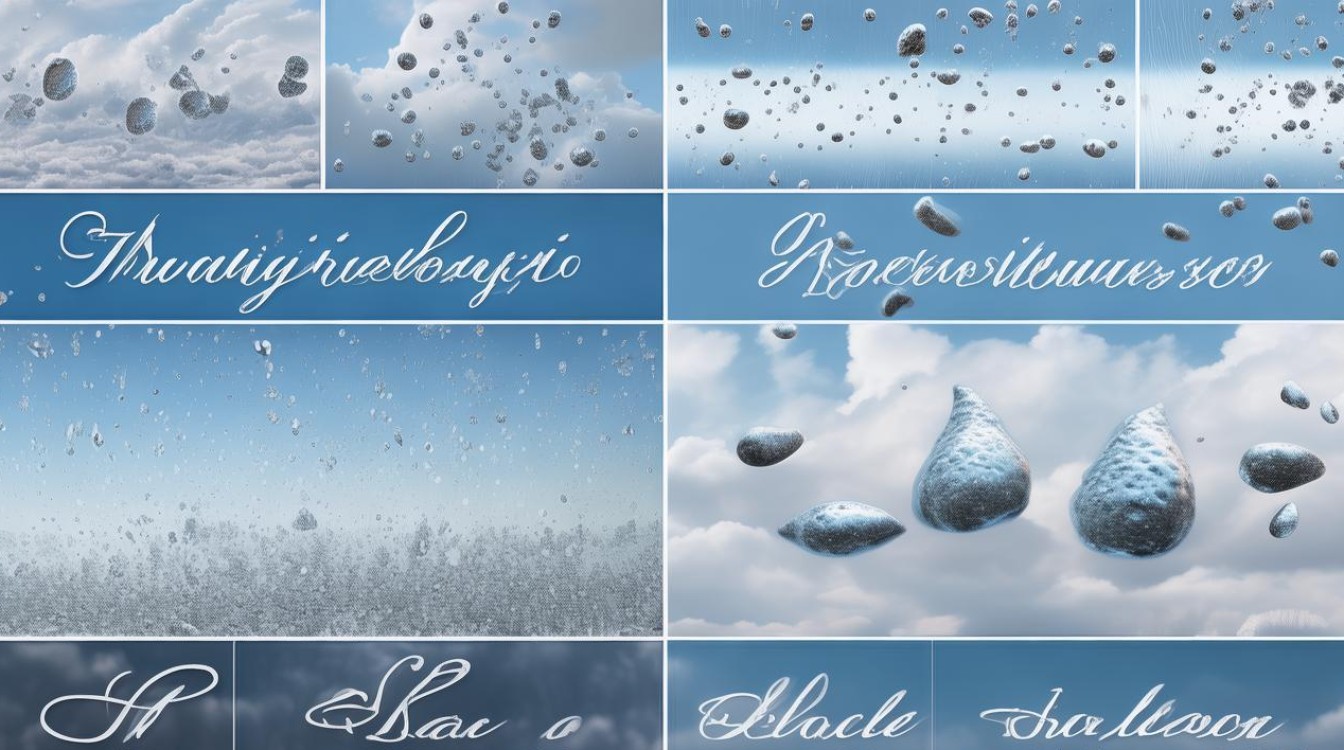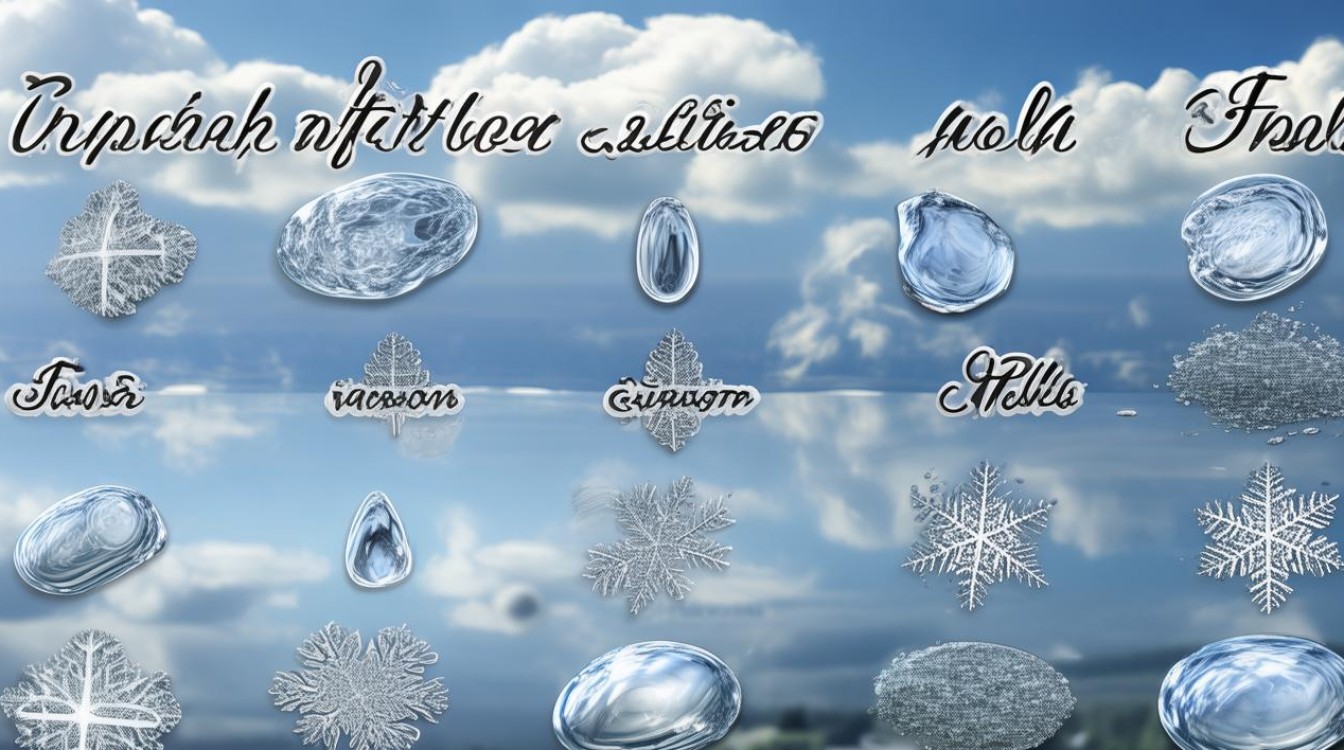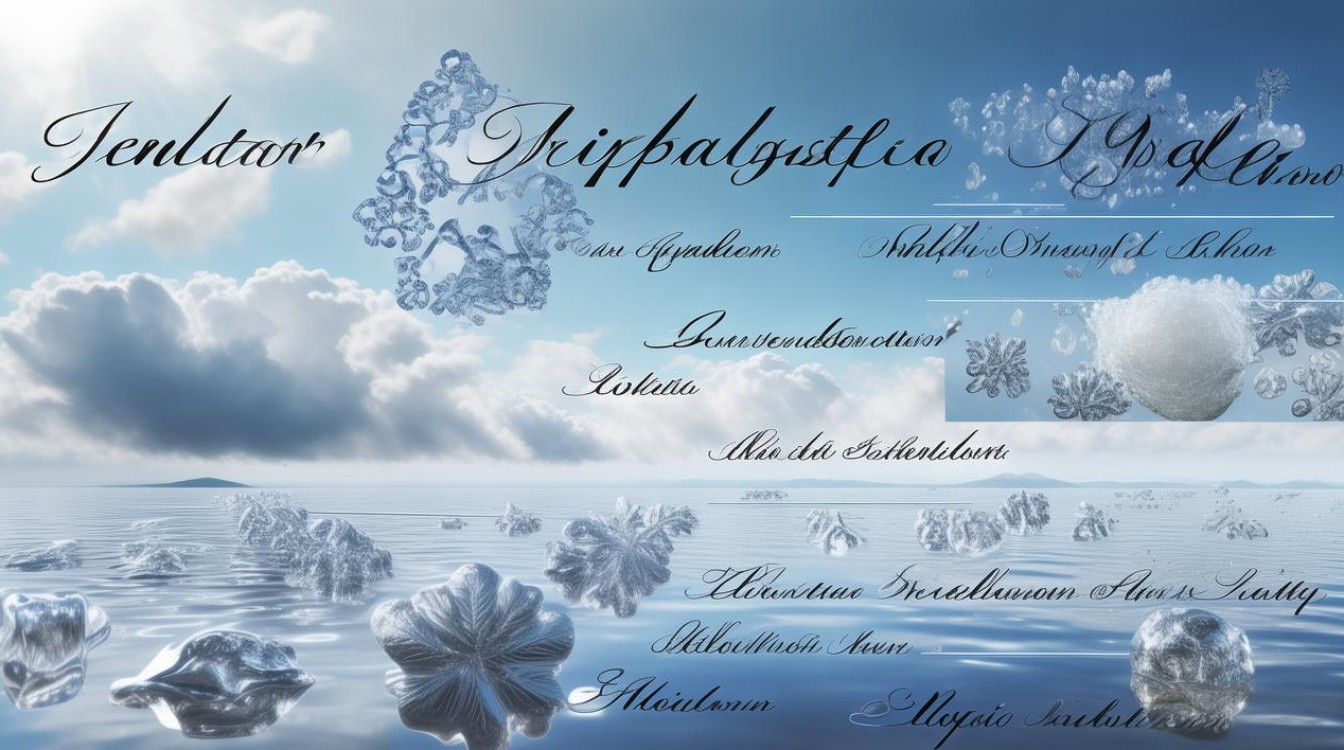Rain is a universal phenomenon, yet the English language captures its diversity with a rich array of terms. Whether it's a light drizzle or a torrential downpour, each type of rain has its own name. Understanding these words enhances descriptive writing, weather forecasting, and even poetry. Below is a detailed exploration of different kinds of rain in English.

Gentle and Light Rain
Drizzle
Drizzle refers to very light rain, consisting of tiny droplets that barely wet the ground. It’s common in coastal regions and often lasts for hours without causing significant accumulation.
Mist
Mist is even lighter than drizzle, almost like a fine spray hanging in the air. It reduces visibility slightly but doesn’t feel like traditional rain.
Sprinkle
A sprinkle is intermittent light rain, often short-lived. It’s the kind of rain that might make you hesitate before grabbing an umbrella.
Moderate Rain
Shower
A shower is brief but noticeable rain that starts and stops suddenly. Unlike drizzle, showers have larger droplets and can be heavy for short periods.
Rainfall
This is a general term for any precipitation in liquid form. Meteorologists use it to describe accumulated rain over time.
Steady Rain
When rain falls continuously at a consistent rate, it’s called steady rain. It’s neither too light nor too heavy, just persistent.
Heavy and Intense Rain
Downpour
A downpour is sudden, heavy rain that drenches everything quickly. It’s often associated with thunderstorms.

Deluge
A deluge implies an overwhelming amount of rain, sometimes leading to flooding. The word carries a dramatic tone, suggesting an almost biblical scale of rainfall.
Torrential Rain
Torrential rain is extremely heavy and relentless. It’s common in tropical climates and monsoons, often causing flash floods.
Specialized and Regional Terms
Monsoon
A monsoon is a seasonal wind shift that brings prolonged heavy rains, particularly in South and Southeast Asia. The term describes both the weather pattern and the rain itself.
Squall
A squall is a sudden, violent gust of wind accompanied by rain, often at sea. Sailors historically feared squalls for their unpredictability.
Cloudburst
A cloudburst is an intense, localized downpour where a large amount of rain falls in a short time, usually in mountainous regions.
Scotch Mist
Common in Scotland, this term describes a fine, cold drizzle that feels almost like fog. It’s more of a dampening mist than proper rain.
Freezing and Unusual Rain
Sleet
Sleet occurs when raindrops freeze before hitting the ground, creating small ice pellets. It’s different from hail, which forms in thunderstorms.

Freezing Rain
Freezing rain falls as liquid but freezes upon contact with cold surfaces, creating a glaze of ice. It’s hazardous for roads and power lines.
Hail
Hail consists of solid ice balls that form in severe thunderstorms. While not technically rain, it’s a form of precipitation worth mentioning.
Poetic and Literary Terms
Mizzle
A blend of "mist" and "drizzle," mizzle describes a fine, soaking rain common in British literature.
Spitting
When rain is just beginning, with scattered drops here and there, it’s often called spitting.
Sunshower
A sunshower happens when rain falls while the sun is still shining, sometimes leading to the myth of foxes getting married.
Scientific and Technical Terms
Convective Rain
This type of rain results from rising warm air, common in tropical climates and summer thunderstorms.
Orographic Rain
Orographic rain occurs when moist air rises over mountains, cools, and releases precipitation. It’s why one side of a mountain may be lush while the other is dry.

Frontal Rain
Frontal rain happens when two air masses meet—warm air rising over cold air, leading to prolonged rainfall.
Cultural and Idiomatic Expressions
It’s Raining Cats and Dogs
An idiom meaning extremely heavy rain, though its origin remains debated.
The Heavens Opened
A dramatic way to say it suddenly started pouring.
Gully Washer
A colloquial term, primarily in the American South, describing rain so heavy it could wash out gullies.
Rain is more than just water falling from the sky—it’s a dynamic force with countless variations. From the softest mist to the fiercest deluge, each type shapes landscapes, cultures, and daily life. Knowing these terms not only improves language skills but also deepens appreciation for weather’s complexity. Next time dark clouds gather, you’ll have the perfect word to describe what’s coming.


